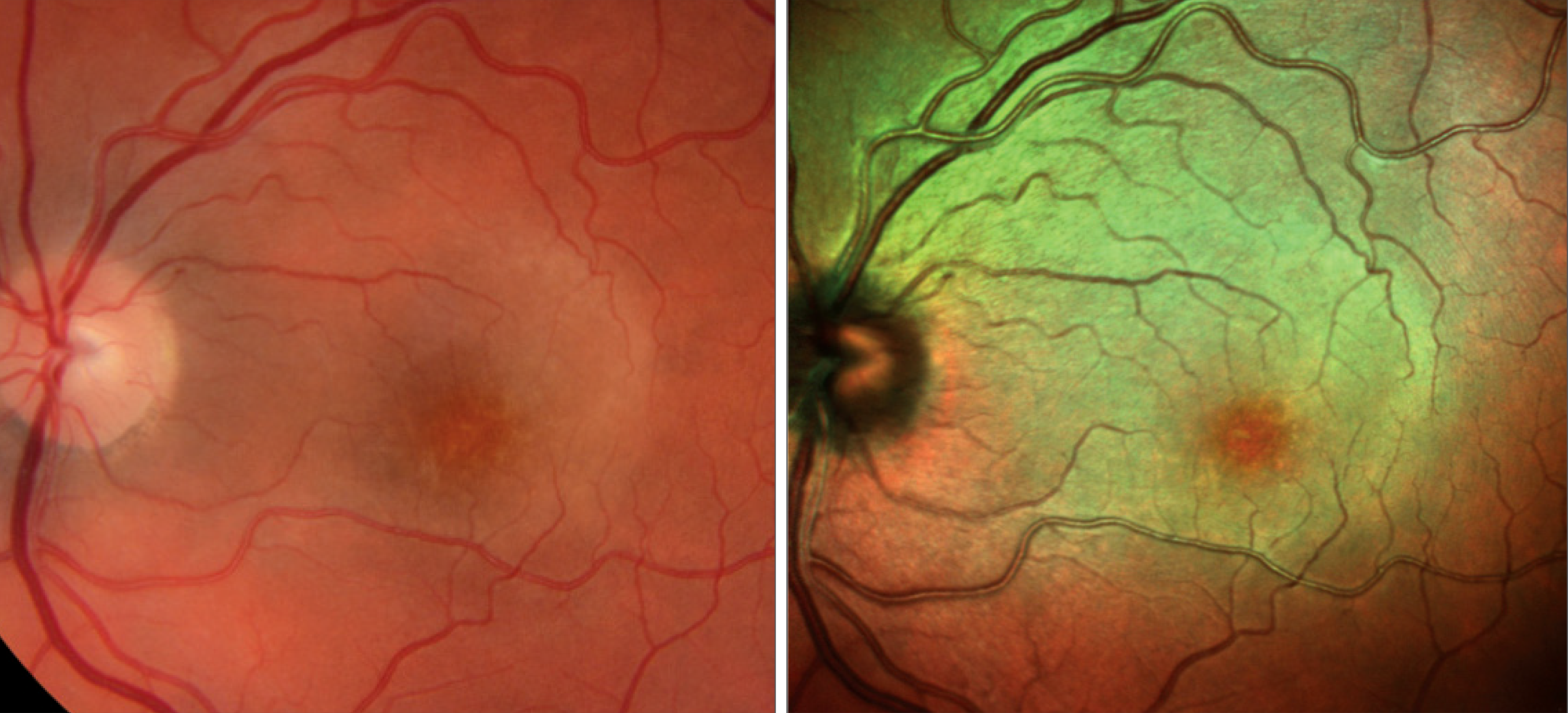The annual rate of primary syphilis infection has increased 74% since 2017, and with it comes more cases of intraocular inflammation stemming from the sexually transmitted infection. To provide an update on current rates of infection and uveitic involvement, researchers from Vanderbilt University recently reviewed data from 2010 to 2019 on a total of 444,674 inpatient hospital visits and found 1.3% to carry a diagnosis of syphilitic uveitis.
 |
| When presented with cases of intraocular inflammation, clinicians should have an elevated level of suspicion for syphilitic uveitis in patients meeting certain profile characteristics described here, as it is commonly missed on initial diagnosis. Photo: Kathryn Dailey, OD. Click image to enlarge. |
Median age was 45 years and 78.9% of patients were men. Individuals self-identified with the following race and ethnicity categories: 40.8% white, 32.0% African American, 15.7% Hispanic or Latino, 6.8% other and 4.7% unknown. Incidence per 100,000 population was 0.4 for African Americans, followed by 0.15 for Hispanic or Latino individuals and 0.11 for white subjects. The highest percentage of admissions were from the South (42.1%), followed by West (25.0%), Northeast (17.4%), and Midwest (15.5%). Most patients (86.9%) presented to urban teaching hospitals and median length of hospital day was six days.
“Although this study showed an increasing incidence of syphilitic uveitis in both men and women, the incidence is four times higher in the male population,” the researchers noted in their paper for JAMA Ophthalmology. This is partly attributable to the disproportionate increase in syphilis cases among gay men, they explained. The highest incidence occurring in the South corresponds with the higher incidence of syphilis in the southern US, the researchers noted.
As these data come from inpatient hospital treatment, they may underrepresent the true clinical impact at the community level, the authors cautioned. The International Ocular Syphilis Study Group survey found initial misdiagnosis to be one of the most common (63.7%) causes for a poor visual outcome in patients with ocular syphilis, the authors pointed out, emphasizing the need to maintain a high index of suspicion for syphilitic uveitis when evaluating patients with intraocular inflammation.
Mir TA, Kim SJ, Fang W, Harvey J, Hinkle DM. Rising incidence of syphilitic uveitis–related hospitalizations in the US. JAMA Ophthalmol. Published online Nov. 22, 2023. |

